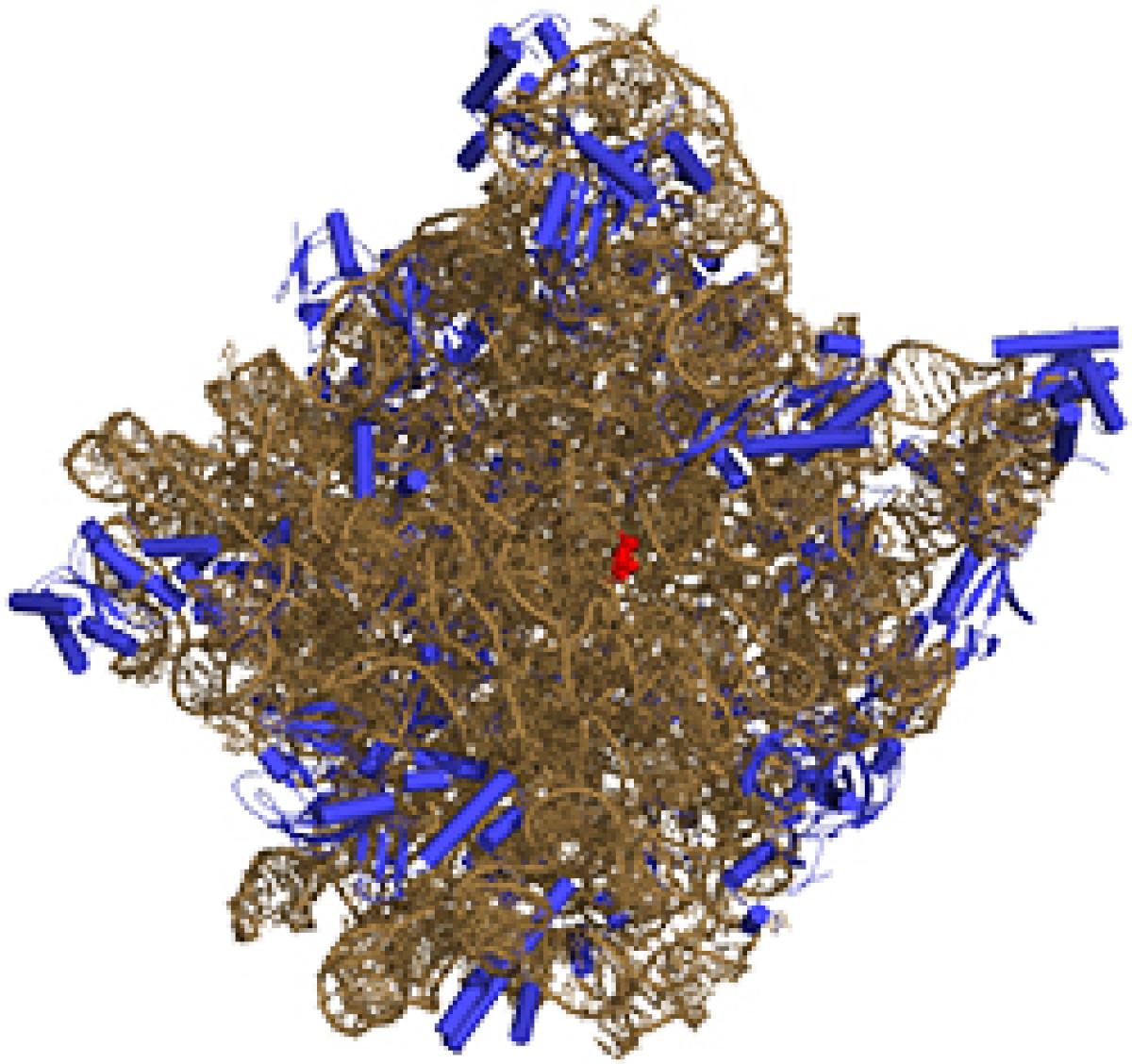Evaluate - How Do You Tell If a Web Site Is Good or Not?
Once you have located information on the Web, you need to evaluate if the information is reliable. Keep in mind that anyone can publish information on the Web. You need to check to see that what you are reading is correct. You can do this by pretending to be a reporter. Good reporters will check their sources. In many cases they will be sure they can confirm from more than one source that the information they have is correct, not biased, incomplete or out of date. So how do you evaluate a Web source?
Authority of the Source
First consider where the material is published. If it appears on a website of a National or International organization, such as The American Heart Association or the Center for Disease Control (CDC) the material is likely to be accurate. These types of web sites will end in "org" or "gov." However, this does not mean all org and gov sites publish reliable material.
Another source of information will be educational websites. These types of sites will end in "edu" (North America). In most cases the material published will be more accurate than from traditional commercial Internet sites. Keep in mind that many universities also provide web space for their students to publish materials. Once again, evaluate the source.
The next thing to look for is the author(s) of the article. Are they known experts in their field? Also ask yourself "why did they write the article?" Is it to provide facts and information on a subject, or is the article biased towards one view?
Accuracy
The next thing to check is the accuracy of the information. This can be done by confirming the facts with another authority. Most reliable articles will include a bibliography to help you verify what you have read is true.
Objectivity
In some cases, articles on the Web provide only information from only one point of view. This is what we call a bias. Even if there is a bibliography at the end of an article, you need to do some checking on your own to be sure that you have learned all the facts.
Current Information and the Aging Web
Finally, be sure the information is current. This is particularly true for scientific material. What is known today can change tomorrow. Locate the latest material by looking for published dates or last revised dates on the websites. If there are statistics quoted in the article, find out when and where they obtained.
Primary and Secondary Sources
It is always better to get your information from the original author. This makes sure that what you are learning is accurate. Science articles, original documents, and personal diaries are all examples of primary sources. It is better to use these types of reference materials when writing a paper.
Textbooks, magazine articles, encyclopedias, including Wikipedia, are examples of secondary sources.These types of publications are often an author's interpretation of primary sources. You have to trust the author has correctly interpreted a primary source.
The paper you are writing is likely an example of a secondary source. It is up to you to be accurate. You also need to provide a detailed reference or citation list. This list is helpful for your readers. They can see if you used primary sources from authors of authority. If needed, they can find and read the primary source to see if they agree with your interpretation.
What Good Are Secondary Sources?
You can use the citation list from a secondary source to locate primary reference material. A good example is Wikipedia. You may not want to use an article on Wikipedia for a paper, but you can use it to locate primary sources. At the end of most Wikipeda pages is a citation list. See if it does not include primary sources for your paper. If it does, use it to locate the primary reference material. After reading it, you can then use the information in your paper.
Read more about: How to Find What You Need on the Internet
Bibliographic details:
- Article: Evaluate
- Author(s): Dr. Biology
- Publisher: Arizona State University School of Life Sciences Ask A Biologist
- Site name: ASU - Ask A Biologist
- Date published: 17 Dec, 2009
- Date accessed:
- Link: https://askabiologist.asu.edu/evaluate
APA Style
Dr. Biology. (Thu, 12/17/2009 - 15:42). Evaluate. ASU - Ask A Biologist. Retrieved from https://askabiologist.asu.edu/evaluate
Chicago Manual of Style
Dr. Biology. "Evaluate". ASU - Ask A Biologist. 17 Dec 2009. https://askabiologist.asu.edu/evaluate
Dr. Biology. "Evaluate". ASU - Ask A Biologist. 17 Dec 2009. ASU - Ask A Biologist, Web. https://askabiologist.asu.edu/evaluate
MLA 2017 Style
Be Part of
Ask A Biologist
By volunteering, or simply sending us feedback on the site. Scientists, teachers, writers, illustrators, and translators are all important to the program. If you are interested in helping with the website we have a Volunteers page to get the process started.


